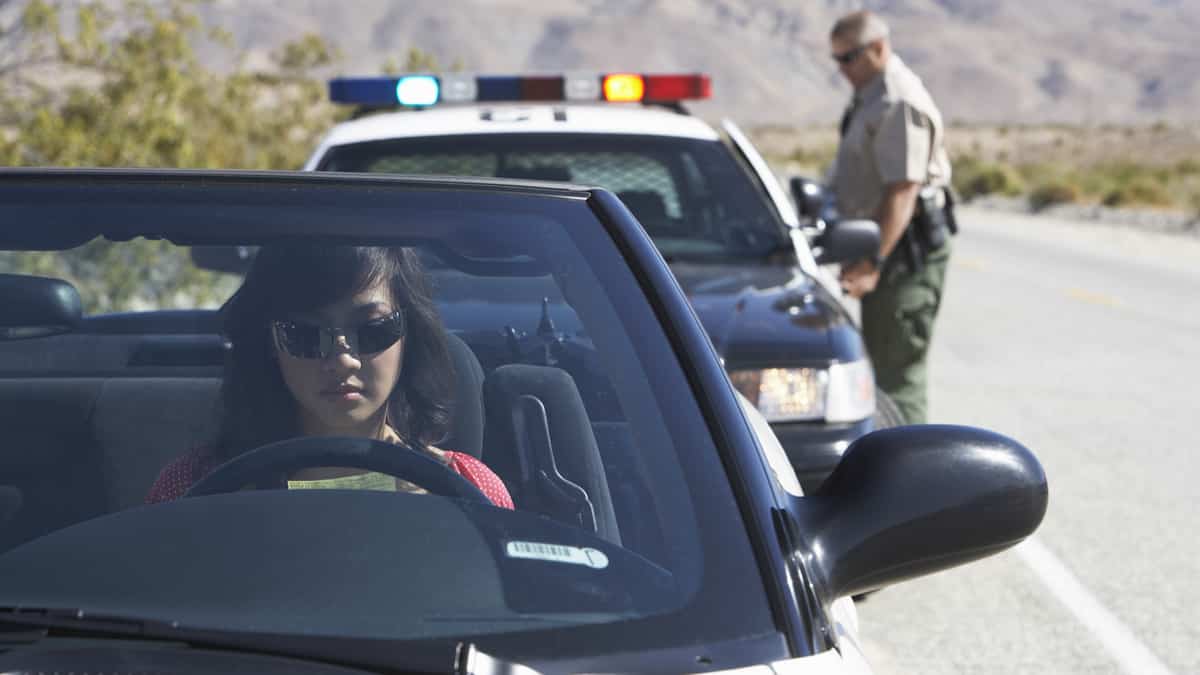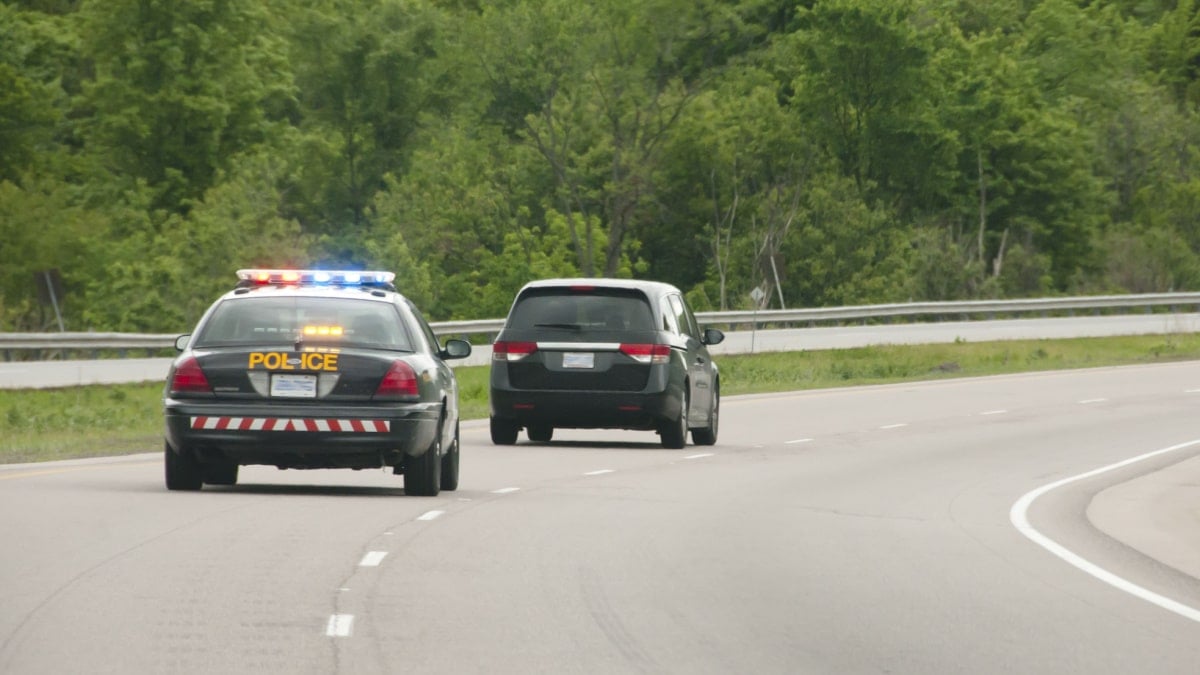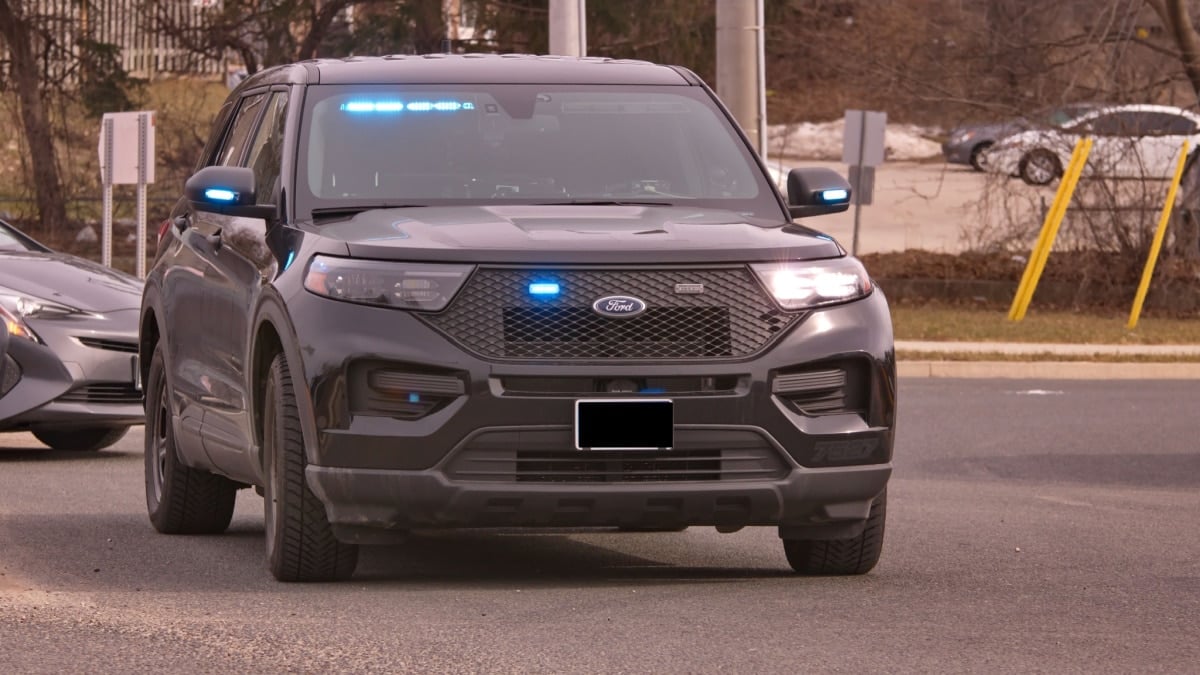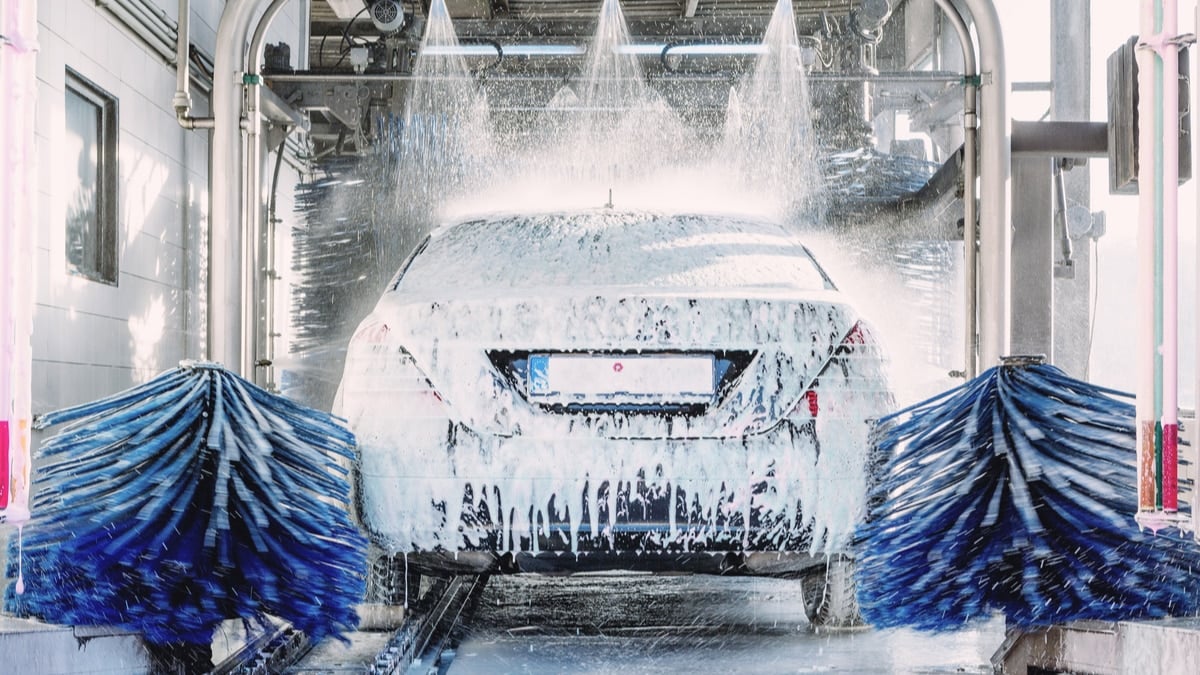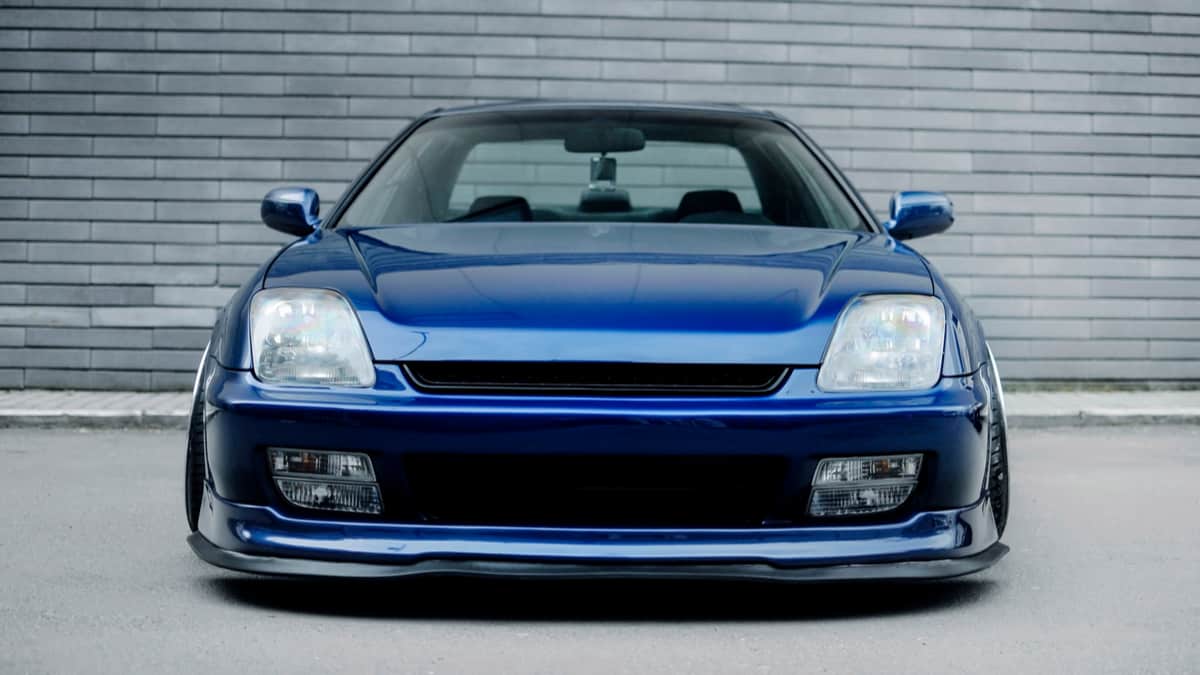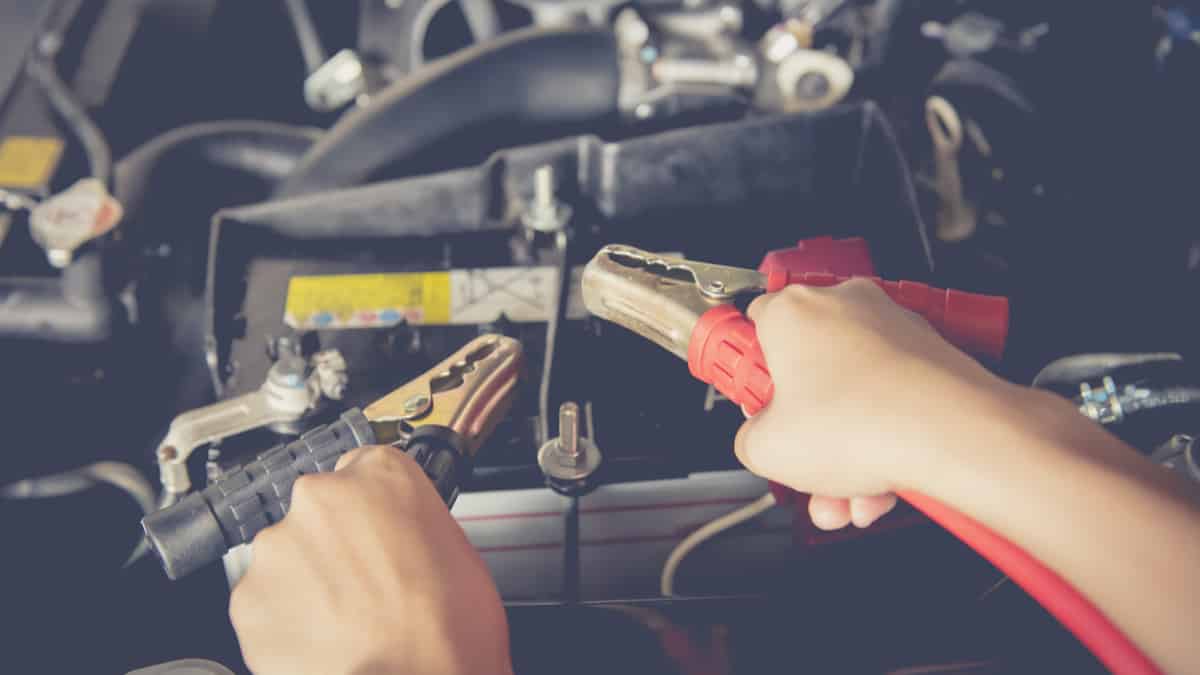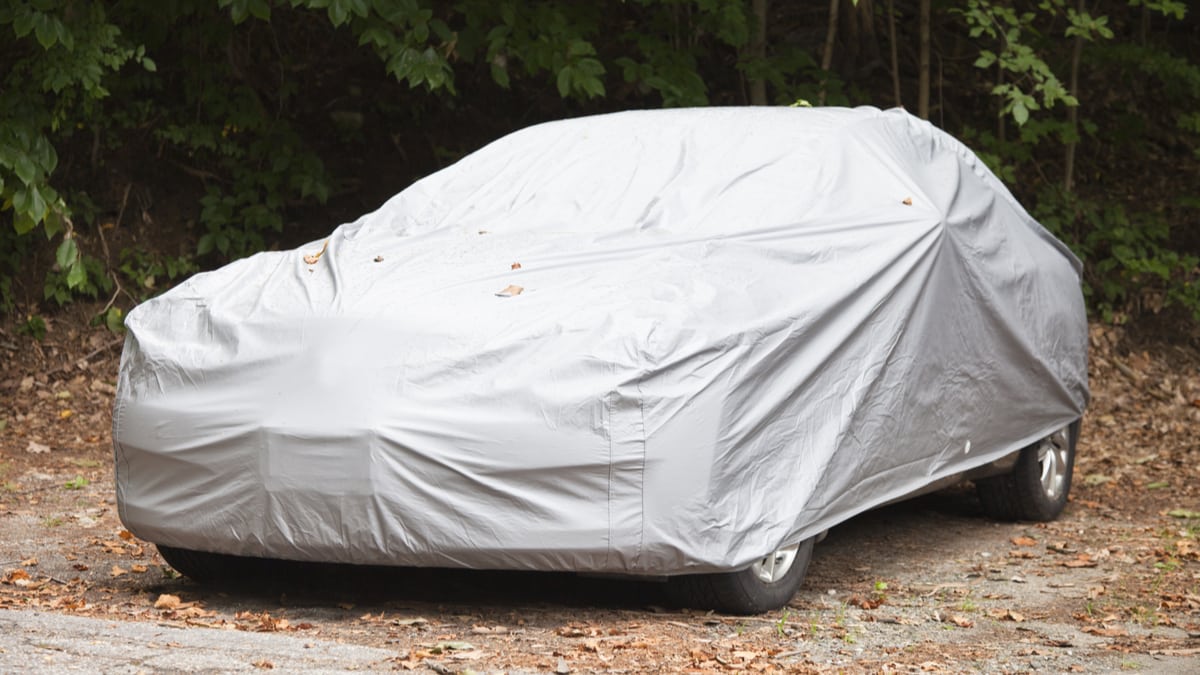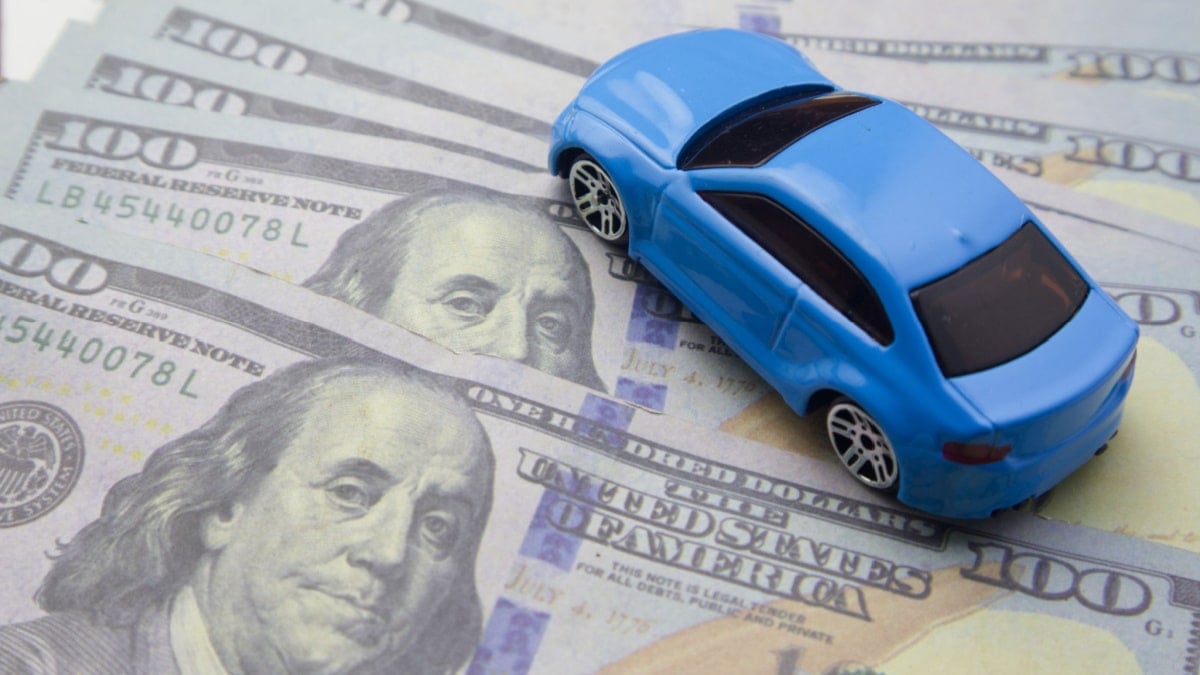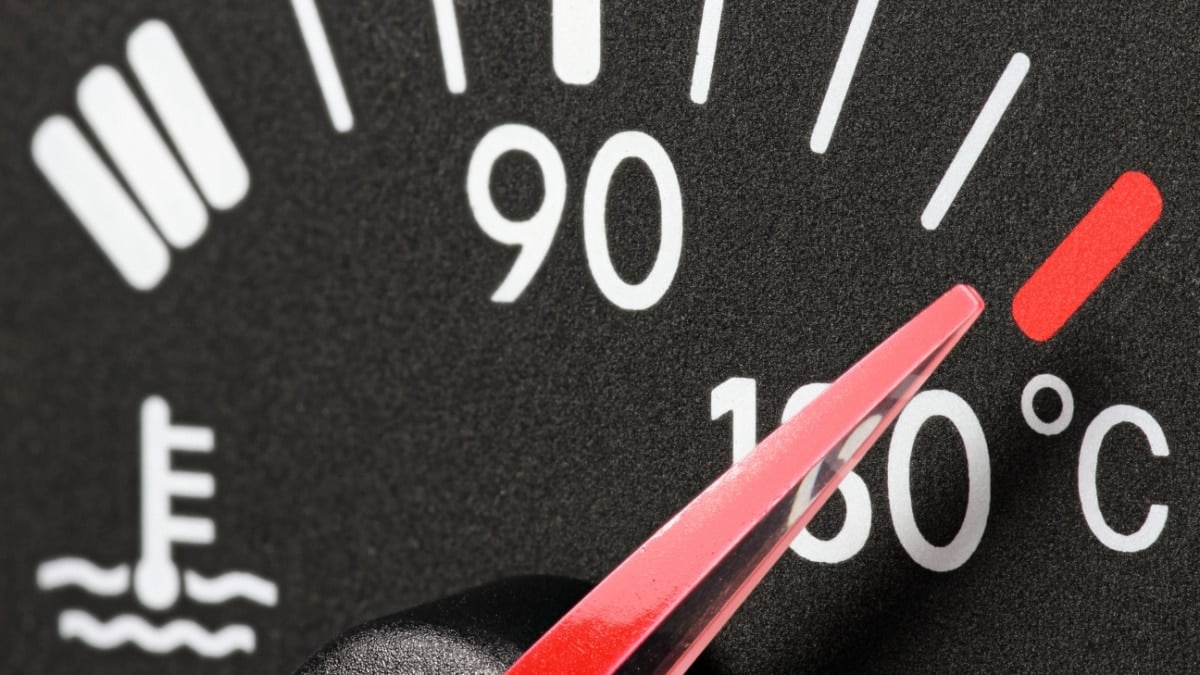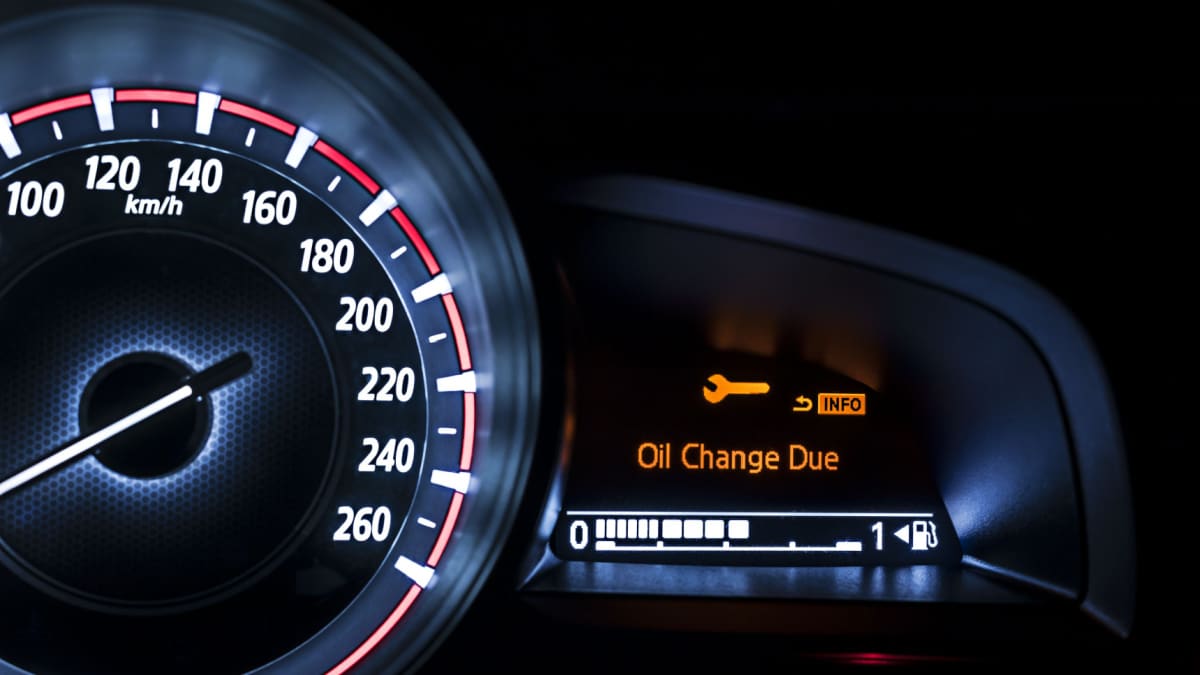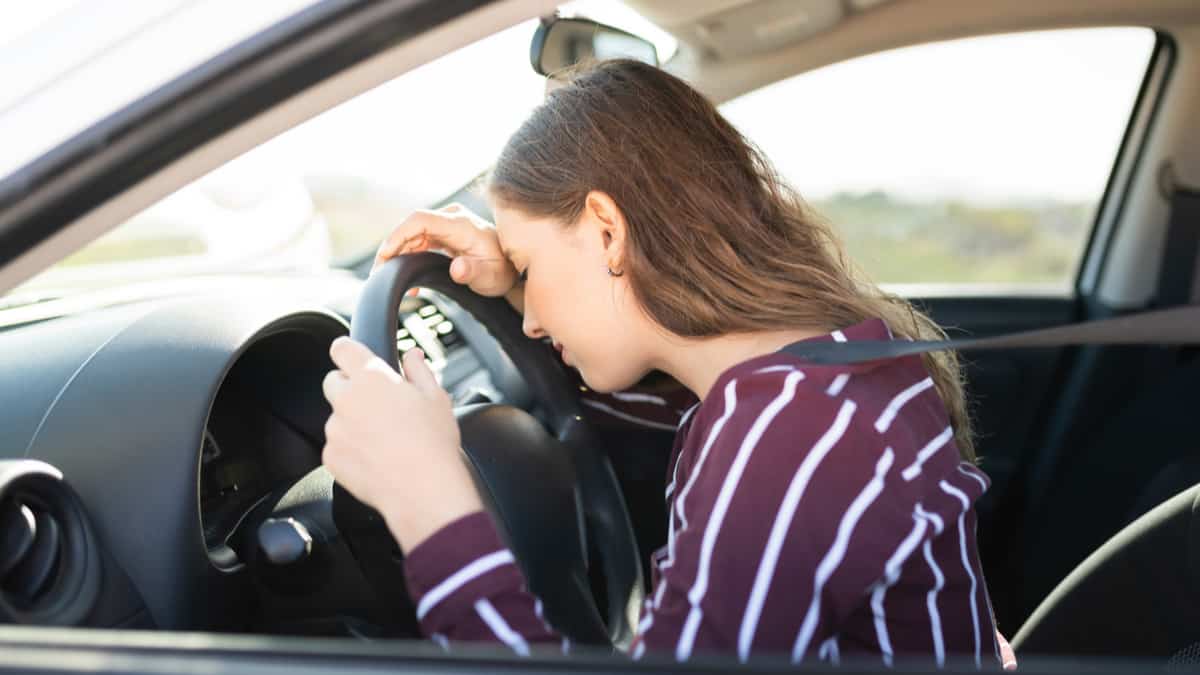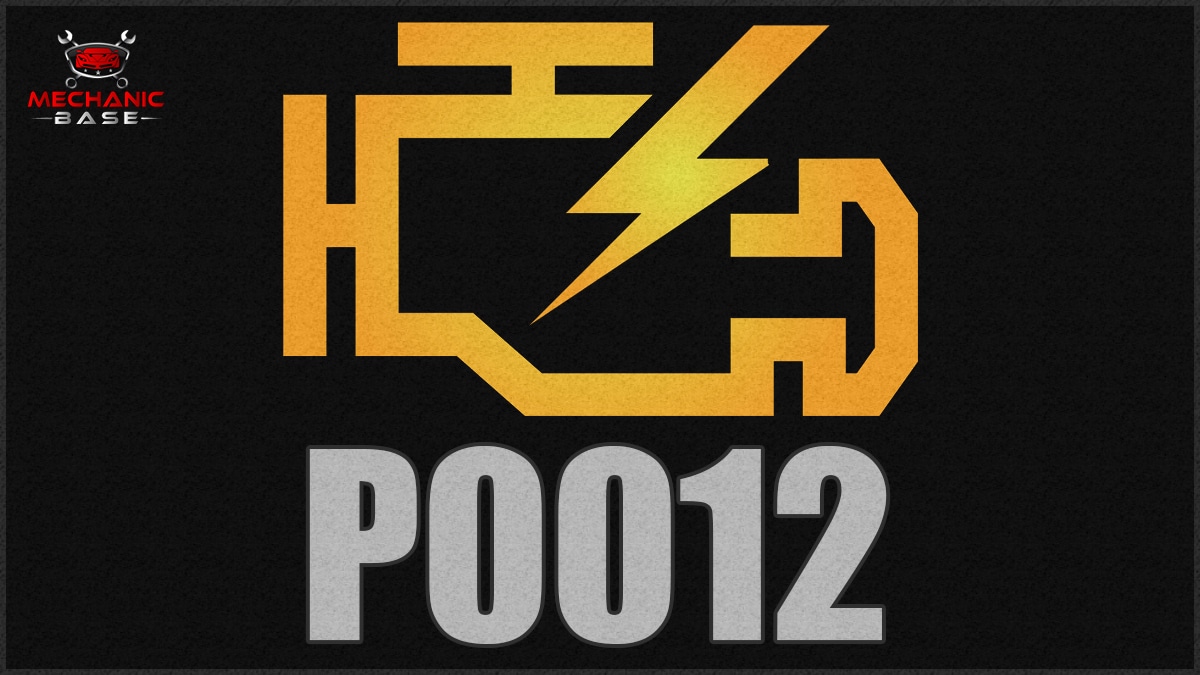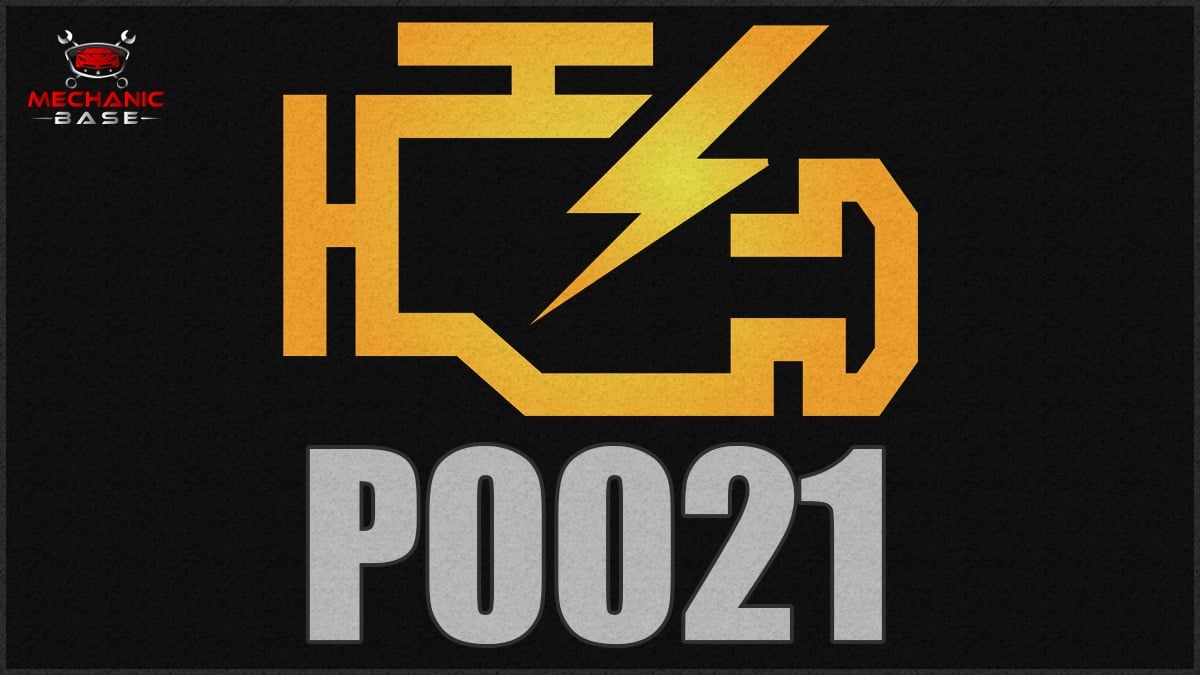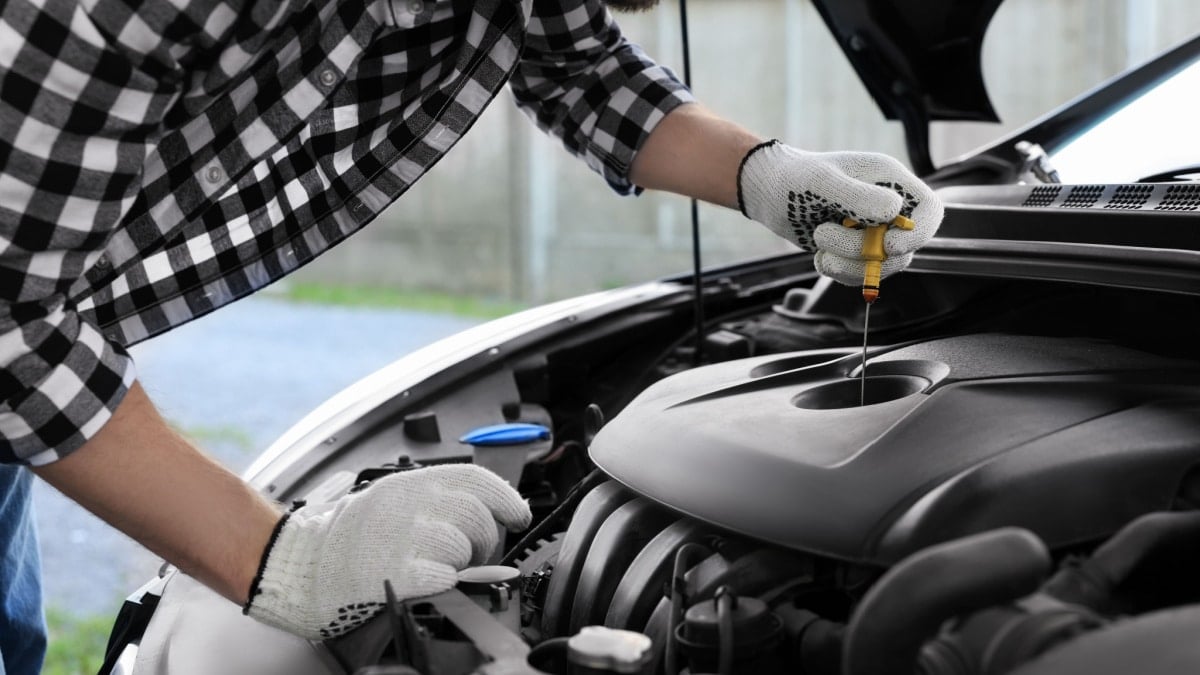If you’ve been pulled over, your heart is likely racing a million miles a minute, causing you to feel anxious and nervous. When the cop touches the back of your car, it probably sends even more alarm through your body.
In this guide, I look at the top three reasons cops touch the backs of cars during a traffic stop. I also give you some handy wisdom and instruction for the next time you get pulled over, although I certainly hope it never happens!
Why Do Police Touch the Back of Your Car?
The police touch the back of your car first to ensure that the trunk is secure, guaranteeing that no one is going to jump out at them. Additionally, tapping the back of the car can tell the cop a lot about the nervousness of the driver and occupants.
Finally, it puts the cop’s fingerprints on the car, just in case there’s a problem later.
1. Secure Trunk
Many of us don’t realize how much danger the law enforcement officers are in every day, but they do. For that reason, they are always on guard, evaluating their situation to ensure safety, not only for the safety of that officer but also for the safety of the violator. As they briefly touch the back of the car, they can guarantee that the trunk is still latched. Otherwise, someone could be hiding in the trunk, waiting to surprise the cop.
If the cops are working together, one will often check the trunk while the other moves toward your window. This process is done to ensure the driver doesn’t pull out a weapon or do anything else dangerous while the other cop is checking the trunk.
2. Test Responses and distraction
It’s the job of the cop to find out your state of mind. After all, the police officer needs to put you back on the road, so the city can be held responsible if something should happen after you leave. Cops want to know if you are using drugs or if you have prohibited items or other violations in the vehicle. As the cop approaches, you may want to hide it quickly, so the police officer is looking for this behavior.
Many drivers aren’t prepared for the sound the tap makes. It can cause them to stop what they are doing, allowing the cop to get additional time and see what’s going on.
Police believe this practice has increased the number of intoxicated drivers arrested, increased the number of sellers that were arrested for having prohibited substances, and increased the number of people found with unlicensed firearms. However, when the cop uses one hand to touch the back of vehicles, they are putting themselves at a little more risk because they don’t have both hands ready for defense.
3. Leave Fingerprints
The final reason that cops touch the trunk or tail light is to leave behind the officer’s fingerprints. If the cop were involved in some dangerous situation, their interaction with the car driver can be traced back to the fingerprints on the vehicle at a crime scene
These fingerprints on the rear of the vehicle are only helpful if there’s a criminal investigation because of the traffic stop. Still, there’s a chance that the fingerprints can get smudged or washed away by the rain, so this method isn’t foolproof.
But nowadays, police cars are equipped with dash cams and the police officers have body cams, so the cameras will prove their interaction with the car in case something would happen. That means it’s more a thing of the past, but many police officers do still use this method.
What To Do When a Cop Pulls You Over
1. Be Safe
The first consideration should always be for your safety. You want to pull over, but it must be safe to do so. Try to find a well-lit parking lot that’s busy.
If you need to drive a short distance to get somewhere safe, slow the vehicle down and turn on your flashers. This lets the cop know that you are trying to get to a safer location but aren’t ignoring their request.
2. Put Car in Park
Once you are off the road, put the car in Park. You should also shut off the engine so the police officer knows you don’t intend to go anywhere.
After you put down the window, you want to remain as still as possible. You don’t want to give the cop any reason to worry about their safety. Put your hands on the steering wheel where they can be easily seen.
3. Stay Calm
While you wait for the cop, take a deep breath and relax. There’s nothing to be worried about if you aren’t doing anything illegal or have any illegal substances in the car.
In many cases, the cop will give you a warning or a ticket and you will be back on your way. In the greater scheme of things, this traffic stop isn’t life-changing.
4. Follow Instructions
As the cop approaches you, pay close attention to everything that is said. Do not speak unless you are asked to.
You will be asked for your driver’s license and car registration, along with the insurance information. After you provide this information to the cops, put your hands back on the steering wheel.
5. Remain Civil
Even if the police officer isn’t kind to you, it’s important to remain respectful. There’s no reason to argue with the cop, as nothing will be changed on the road.
The only defense you have will be in court, and you will get your chance. Remember, everything you say to a police officer is admissible in court.
6. Sign the Citation
When the citation is given to you, go ahead and sign it. When you sign a citation, you aren’t admitting to guilt. Instead, you recognize that you received it. You can still choose to pay it or go to court and dispute it.
There’s no reason to make the police officer stand there any longer than necessary because you are just putting them at risk. Instead, be respectful and take the citation. Once that is complete, you can get back on your day and leave this troublesome situation behind you. Don’t prolong the stop unnecessarily.
Why do police leave their cars running all the time?
Police cars are often equipped with a huge amount of equipment, including lights, radios, and sirens. In some cases, this equipment can draw a significant amount of power, and leaving the car idling helps ensure that the battery will not be drained. The last thing they want is a drained battery when there is an emergency call.
What to do if a cop pulls you over on the highway?
Always pull over to the right side of the road in the United States. Stopping in the middle of the highway is extremely dangerous for both you and the officer, so turn on your flashers or right turn signal, which let the police know you are looking for a safe place to stop. If it’s a very wide road it’s considered quite safe and you should stop immediately. Check your state’s laws before to be sure.
How to avoid getting pulled over?
While there is no guaranteed method to avoid getting pulled over, motorists can improve their chances by following the law and driving safely. If you obey the law and drive safely, you reduce the chances of being pulled over. Always use your turn signals, maintain a safe speed limit, and be aware of your surroundings. If you are pulled over, remain polite and cooperative with the police officer.
Categories: General
